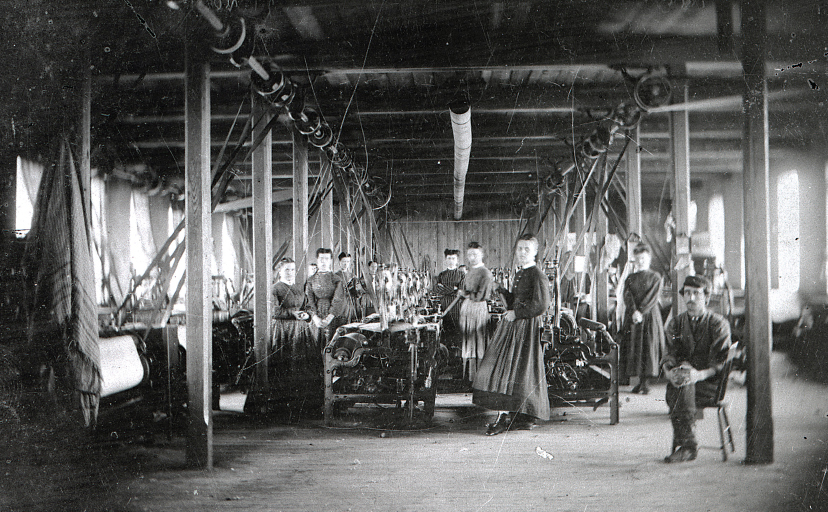How did work evolve during the Industrial Revolution, and how did daily life change for working people?
HHAVING FIRST EMERGED in the British countryside in the late eighteenth century, factories and industrial labor began migrating to cities by the early nineteenth century. For some people, the Industrial Revolution brought improvements, but living and working conditions for the poor stagnated or even deteriorated until around 1850, especially in overcrowded industrial cities.

Workers at a U.S. Mill Female workers at a U.S. cotton mill in 1890 take a break from operating belt-